Premium Only Content
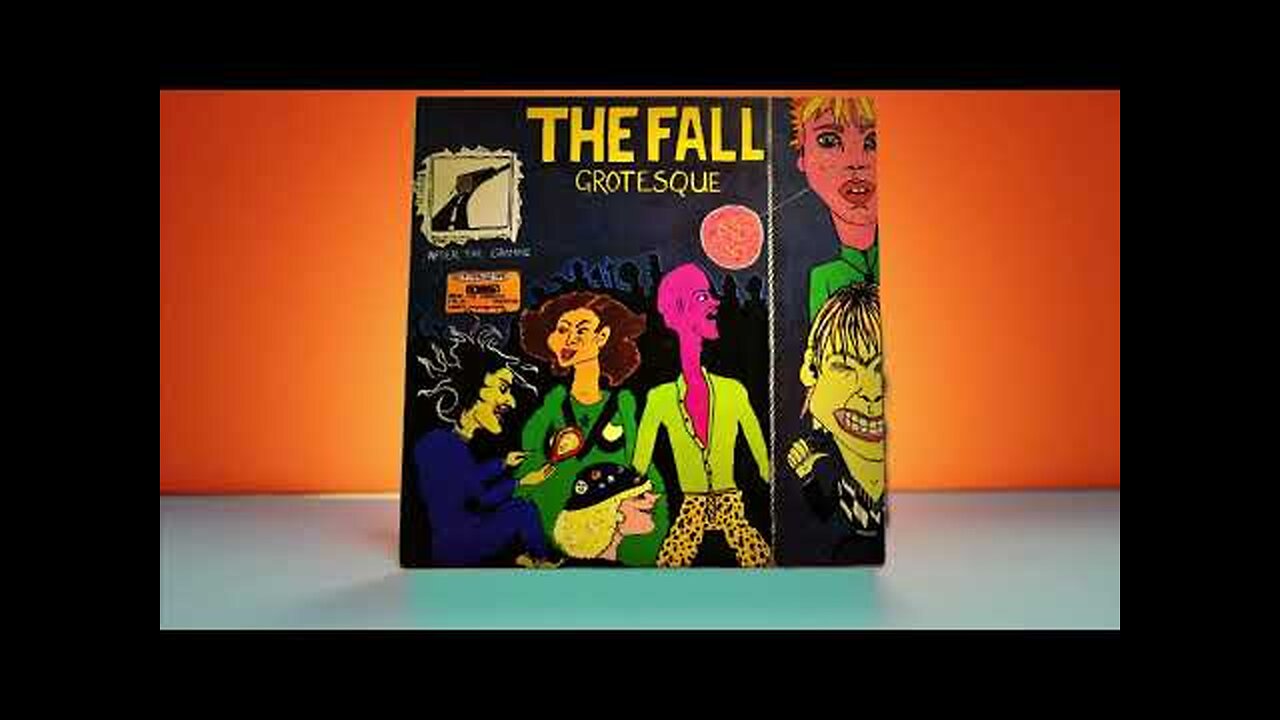
A Brief History of Punk's Birth in the UK
A Brief History of Punk's Birth in the UK
-----------------------------------------------------------------------------------
WHY NOT SUPPORT MY CHANNEL BY BUYING ME A COFFEE AT
Ko-fi.com/punkrocknineteenseventies
-----------------------------------------------------------------------------------
CHECK OUT MY YOUTUBE CHANNEL / @punkrockuk1970s AND LIKE AND SUBSCRIBE, IT'S ALL FREE.
-----------------------------------------------------------------------------------
BEFORE YOU START READING PLEASE CAN YOU LIKE AND FOLLOW MY CHANNEL. IT WILL HELP GETTING MORE CONTENT TO THE CHANNEL, ENJOY.
-------------------------------------------------------------------------------------
Punk rock (also known as simply punk) is a music genre that emerged in the mid-1970s
The term "punk rock" was previously used by American rock critics in the early 1970s to describe the mid-1960s garage bands. Certain late 1960s and early 1970s Detroit acts, such as MC5 and Iggy and the Stooges, and other bands from elsewhere created out-of-the-mainstream music that became highly influential on what was to come. Glam rock in the UK and the New York Dolls from New York have also been cited as key influences. Between 1974 and 1976, when the genre that became known as punk was developing, prominent acts included Television, Patti Smith, and the Ramones in New York City; the Saints in Brisbane; the Sex Pistols, the Clash, and the Damned in London, and the Buzzcocks in Manchester. By late 1976, punk had become a major cultural phenomenon in the UK. It gave rise to a punk subculture that expressed youthful rebellion through distinctive styles of clothing, such as T-shirts with deliberately offensive graphics, leather jackets, studded or spiked bands and jewelry, safety pins, and bondage and S&M clothes.
In 1977, the influence of the music and subculture spread worldwide. It took root in a wide range of local scenes that often rejected affiliation with the mainstream. In the late 1970s, punk experienced a second wave, when new acts that had not been active during its formative years adopted the style. By the early 1980s, faster and more aggressive subgenres, such as hardcore punk (e.g., Minor Threat), Oi! (e.g., Sham 69), street punk (e.g., the Exploited), and anarcho-punk (e.g., Crass), became some of the predominant modes of punk rock, while bands more similar in form to the first wave (e.g., X, the Adicts) also flourished. Many musicians who identified with punk or were inspired by it went on to pursue other musical directions, giving rise to movements such as post-punk, new wave, thrash metal, and alternative rock. Following alternative rock's mainstream breakthrough in the 1990s with Nirvana, punk rock saw renewed major-label interest and mainstream appeal exemplified by the rise of the California bands Green Day, Social Distortion, Rancid, the Offspring, Bad Religion, and NOFX.
Technical accessibility and a do it yourself (DIY) spirit are prized in punk rock. UK pub rock from 1972 to 1975 contributed to the emergence of punk rock by developing a network of small venues, such as pubs, where non-mainstream bands could play.[10] Pub rock also introduced the idea of independent record labels, such as Stiff Records, which put out basic, low-cost records.[10] Pub rock bands organized their own small venue tours and put out small pressings of their records. In the early days of punk rock, this DIY ethic stood in marked contrast to what those in the scene regarded as the ostentatious musical effects and technological demands of many mainstream rock bands.[11] Musical virtuosity was often looked on with suspicion. According to Holmstrom, punk rock was "rock and roll by people who didn't have very many skills as musicians but still felt the need to express themselves through music".[7] In December 1976, the English fanzine Sideburns published a now-famous illustration of three chords, captioned "This is a chord, this is another, this is a third. Now form a band".[12]
British punk rejected contemporary mainstream rock, the broader culture it represented, and their musical predecessors: "No Elvis, Beatles or the Rolling Stones in 1977", declared the Clash song "1977".[13] 1976, when the punk revolution began in Britain, became a musical and a cultural "Year Zero".[14] As nostalgia was discarded, many in the scene adopted a nihilistic attitude summed up by the Sex Pistols' slogan "No Future";[5] in the later words of one observer, amid the unemployment and social unrest in 1977, "punk's nihilistic swagger was the most thrilling thing in England."[15] While "self-imposed alienation" was common among "drunk punks" and "gutter punks", there was always a tension between their nihilistic outlook and the "radical leftist utopianism"[16] of bands such as Crass, who found positive, liberating meaning in the movement. As a Clash associate describes singer Joe Strummer's outlook, "Punk rock is meant to be our freedom. We're meant to be able to do what we want to do."[17]
Punk rock lyrics are typically blunt and confrontational; compared to the lyrics of other popular music genres, they often focus on social and political issues.[32] Trend-setting songs such as the Clash's "Career Opportunities" and Chelsea's "Right to Work" deal with unemployment and the grim realities of urban life.[33] Especially in early British punk, a central goal was to outrage and shock the mainstream.[34] The Sex Pistols' "Anarchy in the U.K." and "God Save the Queen" openly disparaged the British political system and social mores.
-
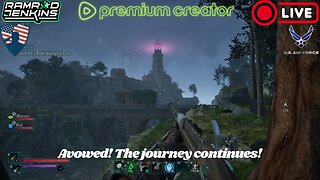 5:40:08
5:40:08
RamrodJenkins
9 hours agoSunday Funday! Doing more quests on Avowed!
52.3K4 -
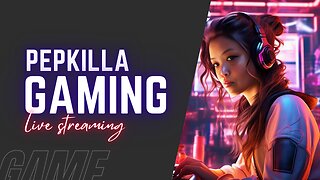 5:27:02
5:27:02
Pepkilla
10 hours agoWe playing what we wanna play today :)
47.8K5 -
 3:08:22
3:08:22
GamerGril
7 hours ago🔥Hell Hath No Fury Like A Woman Scorned🔥
55.5K -
 7:58:43
7:58:43
Rotella Games
1 day agoMake the Manor Great Again
57.5K3 -
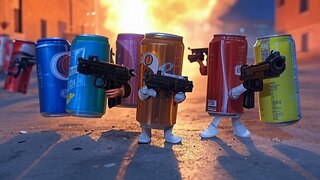 3:11:56
3:11:56
The Quartering
7 hours agoEpstein Files Update, SodaGate, Snow White Box Office, Elon & Trump Strike Back BIGLY!
108K95 -
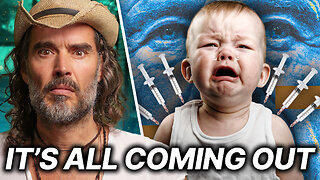 16:38
16:38
Russell Brand
1 day agoThey Can't Hide This Any Longer
190K487 -
 8:54
8:54
Talk Nerdy Sports - The Ultimate Sports Betting Podcast
10 hours ago3/23/25 -March Madness Mayhem: Riste Goes Rogue – 8 Picks & 1 Lock to Burn the Books
68.8K7 -
 1:52:13
1:52:13
Game On!
1 day ago $25.06 earnedWhat Happened to March Madness!?
150K11 -
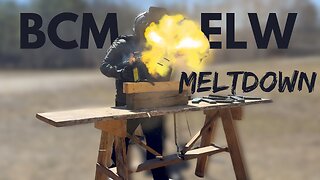 12:04
12:04
GoldenWebb
1 day ago $3.18 earnedBCM ELW Meltdown
55K10 -
 13:16
13:16
Cooking with Gruel
18 hours agoRestaurant Quality Hash Browns
69.8K39